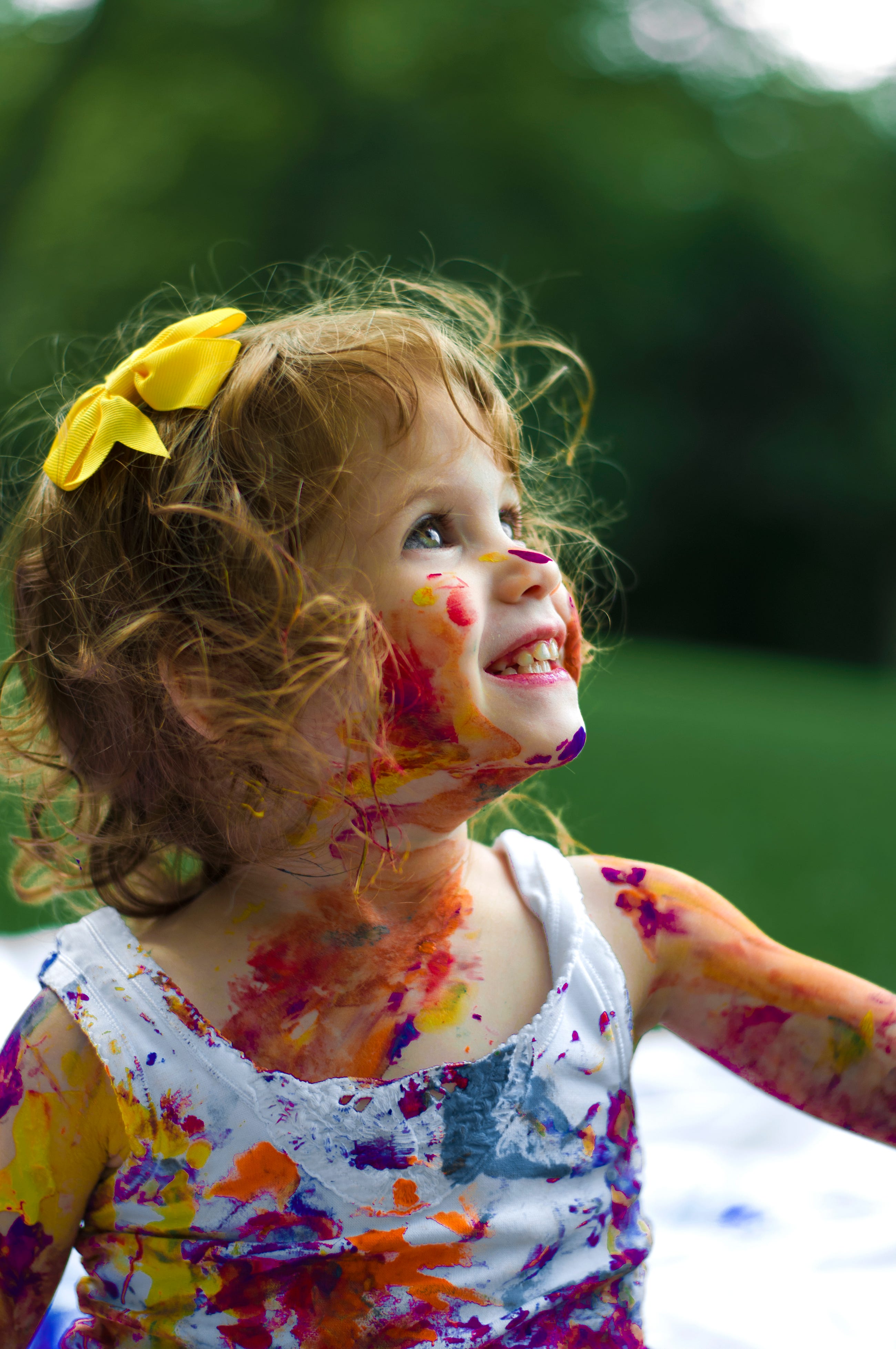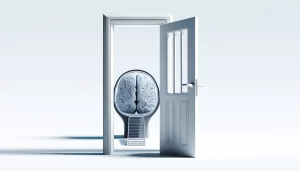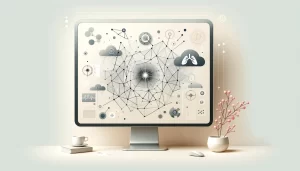When you want to be at peace with the world and your surroundings, why not wear the color that is known for bringing peace?

Color has the power to affect people’s moods and emotions. It can make people feel more or less calm, relaxed, or agitated. Colors can also influence the wearer’s appetite and cause them to react more favorably to certain stimuli. But what colors are most likely to promote peace?
White is a color that promotes trust and security. Blue has been shown to create feelings of relaxation and openness, which may help promote peacefulness. Green can encourage feelings of harmony and balance, which may also lead to a feeling of peace. Pink is commonly associated with love and gentleness; these qualities can be calming and soothing as well. Yellow is linked with happiness, optimism, energy, creativity, fun — all things that are necessary for peace on Earth!
Why the White is the Colour of Peace
“White is the most common color in the universe.”
In Western culture, white stands for purity, cleanliness, and innocence. In Eastern cultures, it is a symbol of death. In Christianity, it symbolizes virtue and righteousness. In Islam, it can be a symbol of peace or surrender.
What color do you associate with peace?
Colour Symbolism in Ancient Times
Today, colors are used to make our world more colorful. But what colors did ancient civilizations paint their houses? Are there any hidden messages behind the choice of color?
Colors are used for different purposes in ancient times. For example, the meaning of black is that it symbolizes life. It can also be used to represent death or mourning.
Purple was associated with royalty because it was made of expensive and rare substances such as lazurite, and murex shellfish.
Why is White Associated with Peace?
White is the color of purity and peace. It is a color that we associate with goodness and primitiveness. It can also symbolize innocence and virgin-like qualities. These associations may come from our idea of what the purest thing in the world would be as an innocent as a white dove as well as romanticized images of what heaven would look like, which is often portrayed as being made up of many white angels.
Colors and their Meanings
The most popular colors in the world are red, yellow, and blue. Blue is the color of the sky and sea. It can be seen as a connection between heaven and earth. Blue is also the color of trust, faith, and truth.
Red is a symbol of love and passion. Red is associated with happiness, fertility, strength, power, and courage. It has been used to represent anger in some cultures where it represents love in others.
Yellow has many meanings including joyfulness, friendship, and sunshine.
How to Use Colors to Create a Relaxing Space
Relaxing colors are colors that are light, pastel, and calm. They are often colors like blue, green, soft pink, yellow or purple.
The living room is the most used space in the house. It is where people gather to watch TV or spend time with their families. Therefore it needs to be a space that is relaxing and inviting for guests. Designating zones for different activities in the living room can help create a balanced look and feel for your home too.
Choosing the right color scheme for your living room can be overwhelming due to all of the options out there. However, there are a few things you should keep in mind when choosing your color scheme:
# Relaxing colors are light and pastel
# You want to stick to two or three colors
The Colour White Represents Peace Because It’s a Symbol for Purity & Innocence
White represents peace because it symbolizes purity and innocence. For example, when people are dressed in white clothing, they are often seen as “pure.” White has associations with virginity and chastity. White clothing symbolizes cleanliness in some cultures, especially when worn by brides on their wedding day. White is the absence of any color or pigment, and this can be interpreted as a blank slate that people can use to represent their own ideas.



